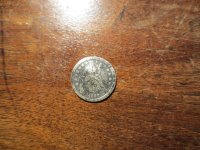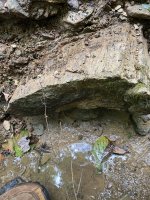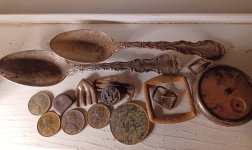Hello All,
I am hoping someone can assist with a coin I was shown in a remote region of Indonesia. From my limited understanding it appears to be a Spanish cob that has experienced significant abrasion and I am trying to find the vintage and origin of the coin in an attempt to narrow down possible missing vessels this coin may have been on. The area in which the coin was found doesn't appear to be on any trade routes and there are rumours of old wrecks in the general area.
The coin is approximately 30mm diameter and heavy, I assume silver.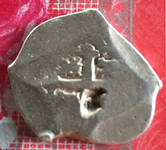
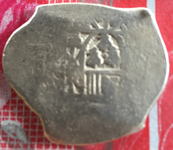
Thank you
JB
I am hoping someone can assist with a coin I was shown in a remote region of Indonesia. From my limited understanding it appears to be a Spanish cob that has experienced significant abrasion and I am trying to find the vintage and origin of the coin in an attempt to narrow down possible missing vessels this coin may have been on. The area in which the coin was found doesn't appear to be on any trade routes and there are rumours of old wrecks in the general area.
The coin is approximately 30mm diameter and heavy, I assume silver.


Thank you
JB




